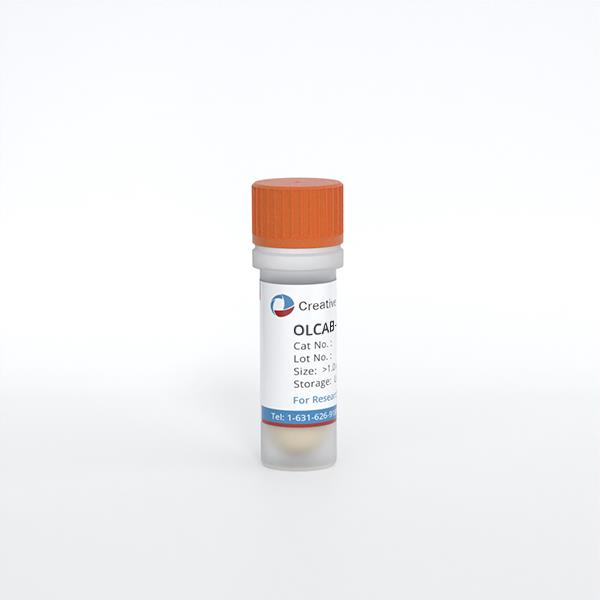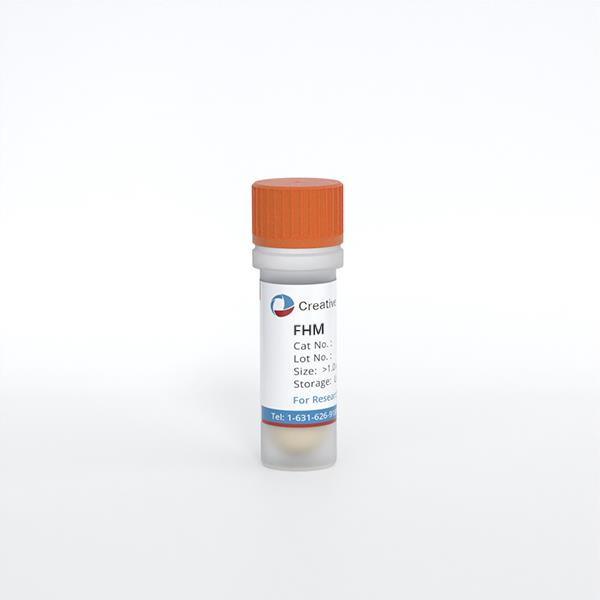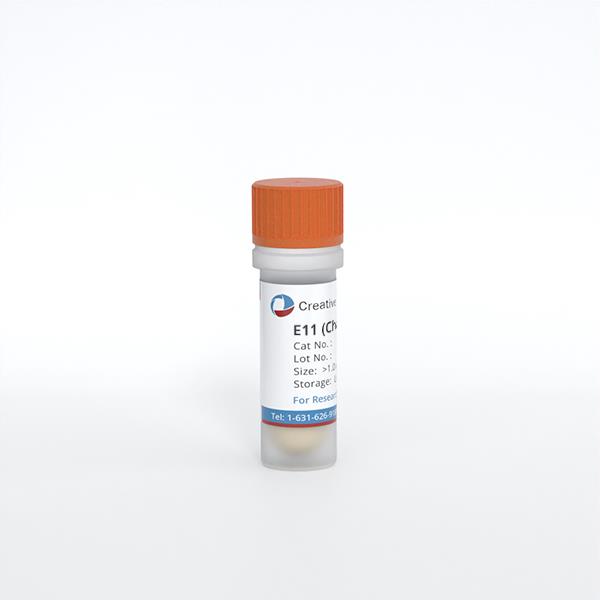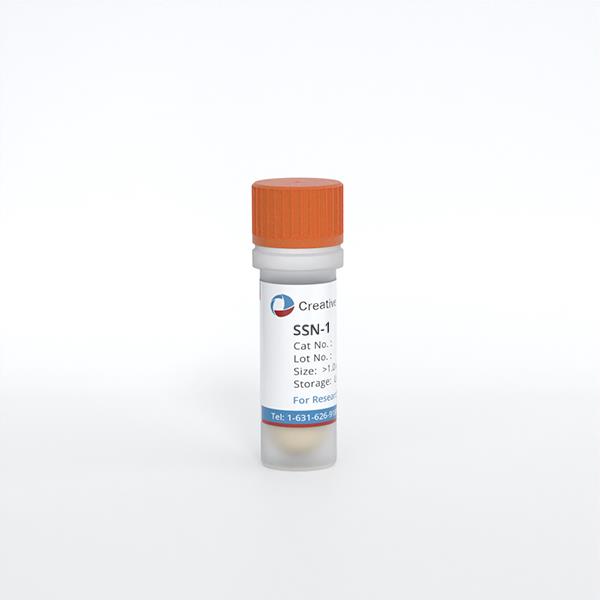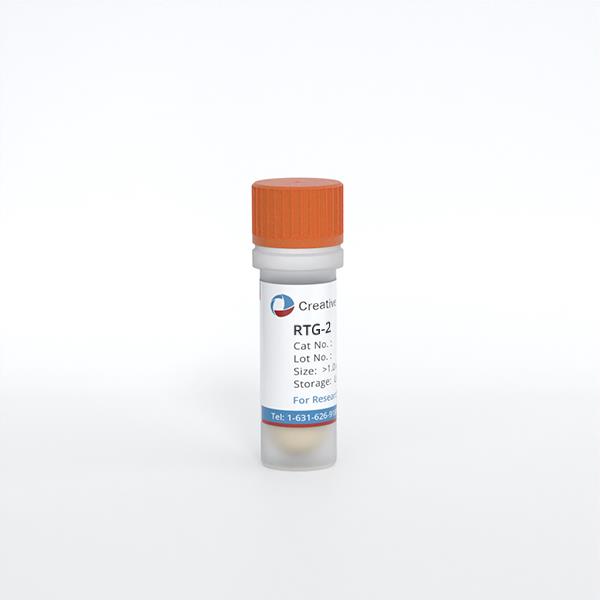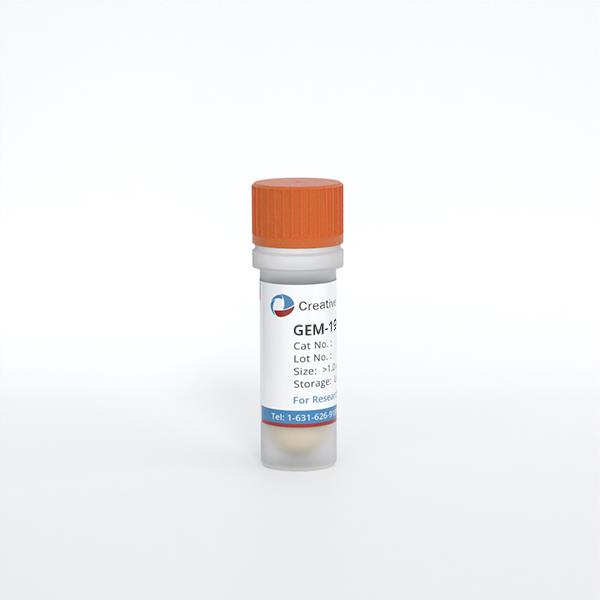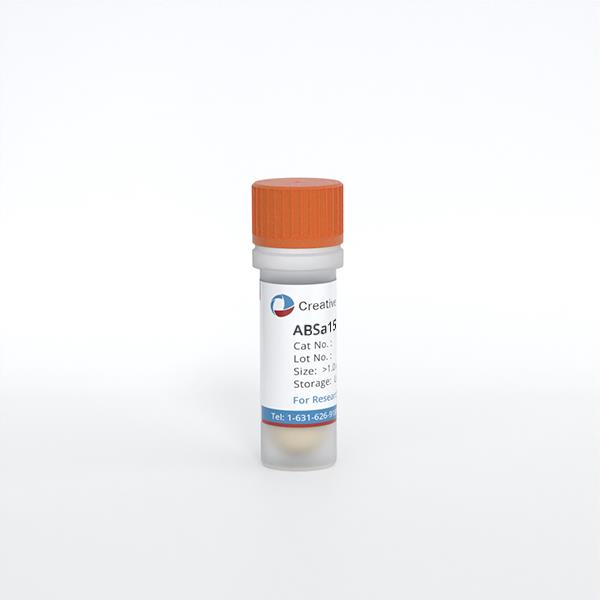
ABSa15
Cat.No.: CSC-C9036H
Species: Sparus aurata (Gilthead sea bream)
Source: Bone
Morphology: Epithelial-like (with a polygonal morphology at confluence)
Culture Properties: Adherent
- Specification
- Q & A
- Customer Review
Cat.No.
CSC-C9036H
Description
The ABSa15 cell line is derived from the calcified branchial arches of a gilthead seabream and is capable of extracellular matrix mineralization. Gene expression analysis is suggestive of pre-chondrocyte lineage. Extracellular matrix mineralization occurs on supplementation with calcium chloride, β-glycerophosphate and ascorbic acid. Mineral deposits can be detected as early as two weeks of treatment and increase for up to four weeks. ABSa15 is useful for investigating the mechanism of cell differentiation, extracellular matrix mineralization and also the screening of mineralogenic molecules.
Species
Sparus aurata (Gilthead sea bream)
Source
Bone
Culture Properties
Adherent
Morphology
Epithelial-like (with a polygonal morphology at confluence)
Karyotype
48
Storage and Shipping
liquid nitrogen vapor phase
Synonyms
Arches Branchial Sparus aurata 15
Citation Guidance
If you use this products in your scientific publication, it should be cited in the publication as: Creative Bioarray cat no.
If your paper has been published, please click here
to submit the PubMed ID of your paper to get a coupon.
Ask a Question
Write your own review
- You May Also Need
Related Products
Featured Products
- Adipose Tissue-Derived Stem Cells
- Human Neurons
- Mouse Probe
- Whole Chromosome Painting Probes
- Hepatic Cells
- Renal Cells
- In Vitro ADME Kits
- Tissue Microarray
- Tissue Blocks
- Tissue Sections
- FFPE Cell Pellet
- Probe
- Centromere Probes
- Telomere Probes
- Satellite Enumeration Probes
- Subtelomere Specific Probes
- Bacterial Probes
- ISH/FISH Probes
- Exosome Isolation Kit
- Human Adult Stem Cells
- Mouse Stem Cells
- iPSCs
- Mouse Embryonic Stem Cells
- iPSC Differentiation Kits
- Mesenchymal Stem Cells
- Immortalized Human Cells
- Immortalized Murine Cells
- Cell Immortalization Kit
- Adipose Cells
- Cardiac Cells
- Dermal Cells
- Epidermal Cells
- Peripheral Blood Mononuclear Cells
- Umbilical Cord Cells
- Monkey Primary Cells
- Mouse Primary Cells
- Breast Tumor Cells
- Colorectal Tumor Cells
- Esophageal Tumor Cells
- Lung Tumor Cells
- Leukemia/Lymphoma/Myeloma Cells
- Ovarian Tumor Cells
- Pancreatic Tumor Cells
- Mouse Tumor Cells
Hot Products
